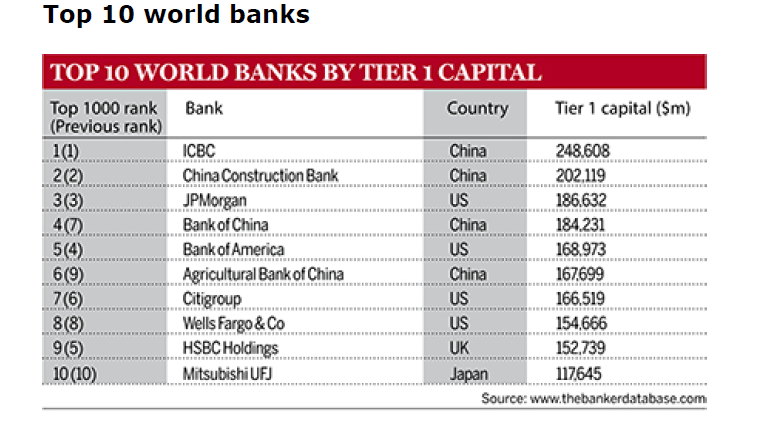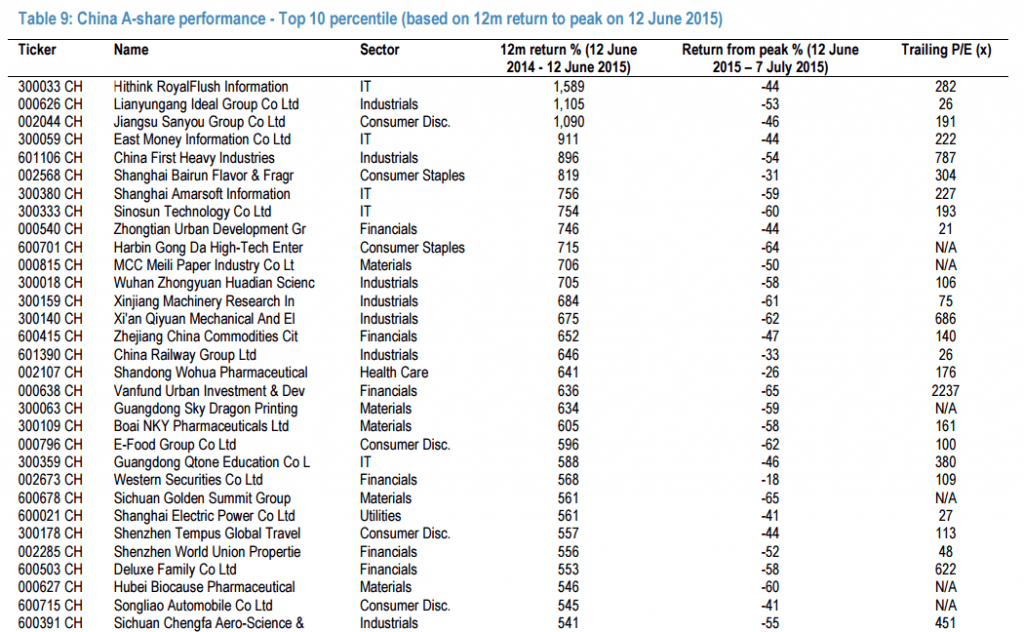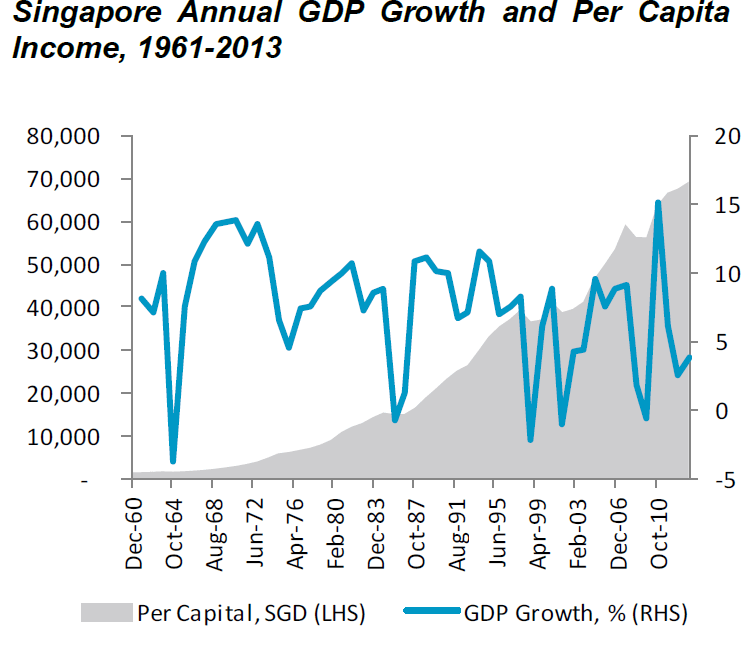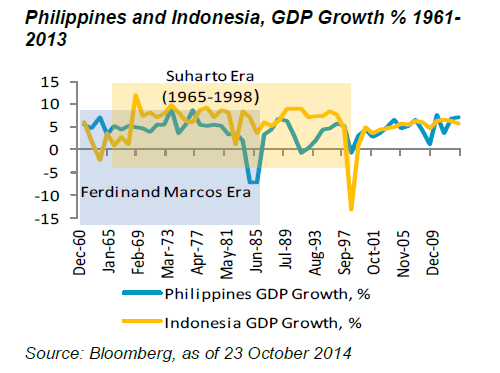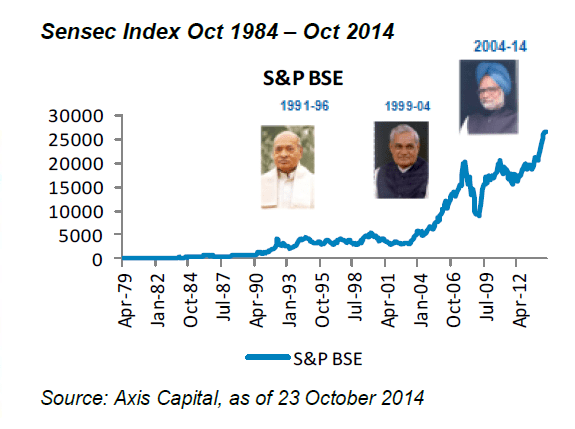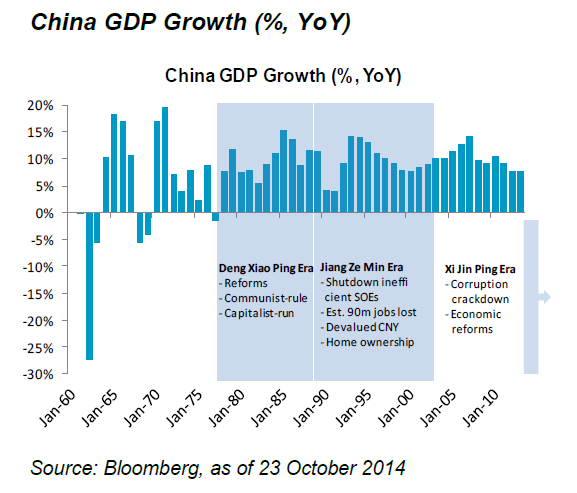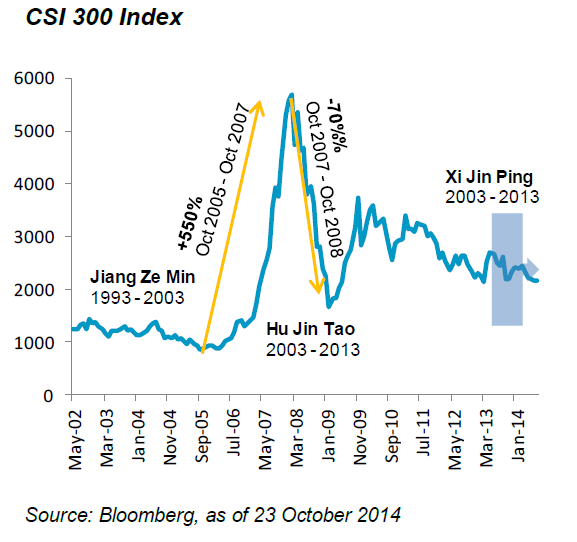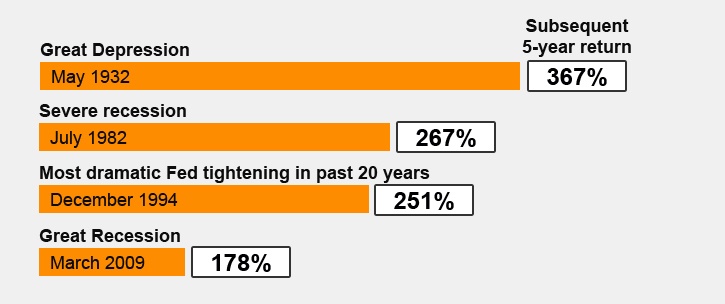The highly respected The Banker magazine published the annual ranking of the Top 1000 Global Banks last month. The chart below shows the The Top 10 World Banks Based On Tier1 Capital:
Click to enlarge
Source: The Banker
China’s biggest banks ICBC (IDCBY), China Construction Bank(CICHY), Agricultural Bank of China(ACGBY) and Bank of China (BACHY) take four of the top 10 spots on this list. The usual four US superbanks – Bank of America(BAC), Citigroup(C), JPMorgan(JPM) and WellsFargo(WFC) – also appear in the ranking.
Disclosure: No Positions
